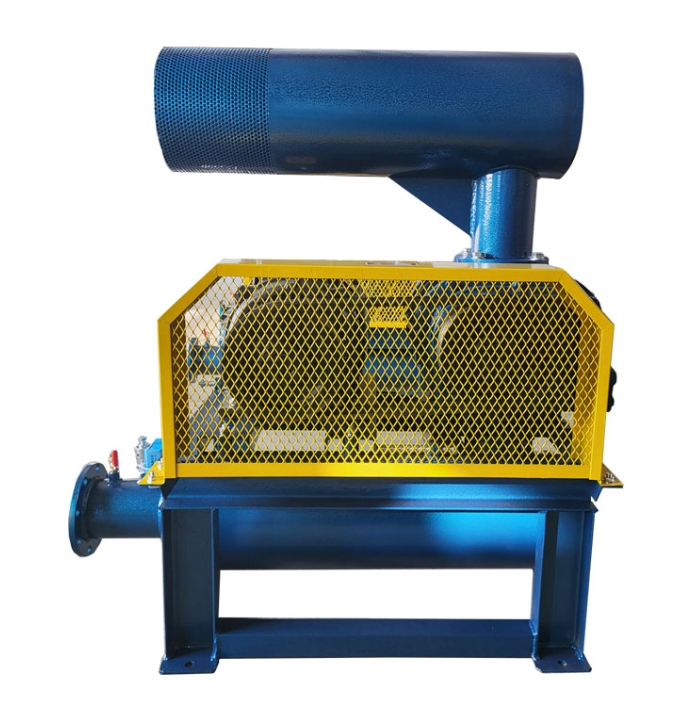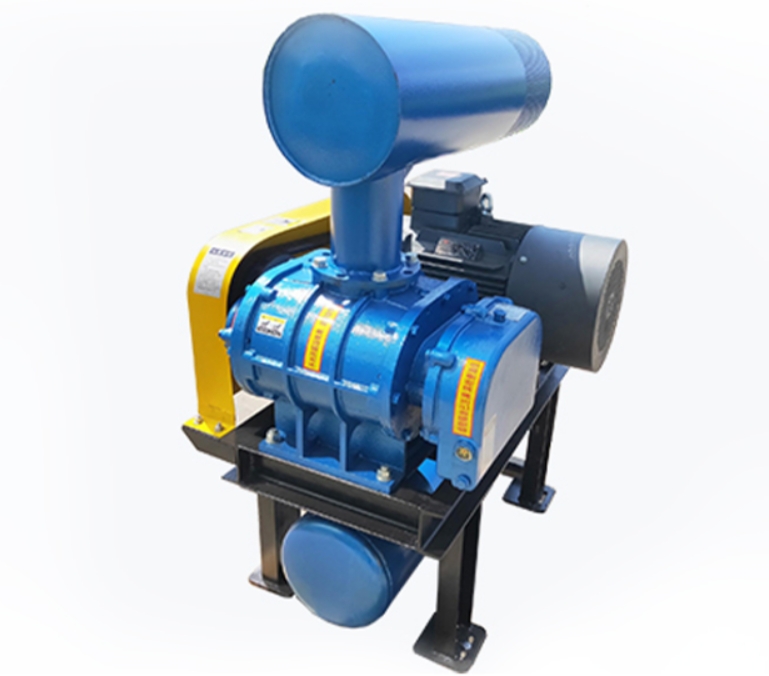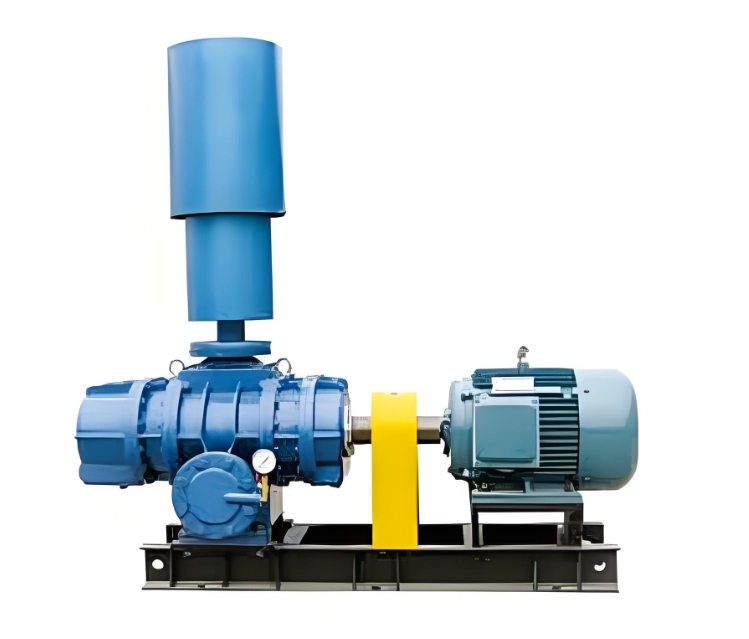How to choose a suitable Roots blower? Experts tell you the answer!

The selection of Roots blower is a process involving multiple factors. The following are detailed selection steps and considerations:
1、 Selection steps
1. Determine system requirements:
Clearly define the required air volume and pressure for the system, including data under design and rated operating conditions. Air volume is typically measured in standard cubic meters per minute (m3/min) or kilograms per hour (kg/h), while pressure is typically measured in pascals (Pa) or millibars (mbar).
Consider the fluctuations and changes in the system, select appropriate coefficients to cope with unexpected situations.
2. Consider the characteristics of the medium:
Select the appropriate Roots blower material and sealing form based on the medium, temperature, and properties processed by the system.
Different media have different material and sealing requirements, and the corrosiveness and viscosity of the media need to be considered to extend the service life of Roots blowers.
3. Determine noise and vibration requirements:
According to the environment and requirements of the system, select Roots blowers that meet relevant standards and regulations to ensure the normal operation of the system without causing excessive noise and vibration.
4. Select model and specifications:
Based on comprehensive consideration of air volume, pressure, medium characteristics, and environmental requirements, select the appropriate model and specifications of Roots blower.
You can refer to the configuration of existing similar systems, or make analogies and calculations based on similar devices.
5. Determine motor power and speed:
Based on the obtained air volume and pressure, refer to the selection parameter table to determine the motor power. There are various specifications for the motor power of Roots blower, such as 1.5, 2.2, 3.7, 5.5, 7.5, 11kw, etc.
The speed of rotation affects the level of noise and needs to be selected according to actual needs.
2、 Consider factors
1. Airflow and pressure:
The flow rate should have a margin, and the flow rate of the blower is generally 1.1-1.25 times the required flow rate of the system. If the flow rate changes during the production process, the selection should be based on the flow rate.
The boost should be balanced with the pressure drop of the system and leave some margin. If the system pressure drop frequently changes during the production process, the pressure drop should be used as the basis to determine the pressure rise of the blower.
2. Medium characteristics:
Consider the influence of factors such as corrosiveness, viscosity, and temperature of the medium on the material and sealing form of the fan.
Some media may react or corrode with specific materials, so it is necessary to choose appropriate materials and sealing types.
3. Noise and vibration:
Especially in situations where there are restrictions on environmental noise, low-noise and low vibration Roots blowers should be selected.
4. Economy:
Among the various available models, the selection should be based on requirements such as energy efficiency, high quality, and low cost, or focus on one of these requirements.
Taking into account factors such as the purchase cost, operating cost, and maintenance cost of the wind turbine.
5. Other factors:
Consider the impact of altitude on the performance of wind turbines.
Select the appropriate motor type and sealing type according to the special requirements of the usage environment, such as explosion-proof and anti-corrosion.
In summary, the selection of Roots blowers is a complex and meticulous process that requires comprehensive consideration of multiple factors to ensure the normal operation and functioning of the system. In the actual selection process, it is recommended to consult professionals or manufacturers for more accurate advice and assistance.





